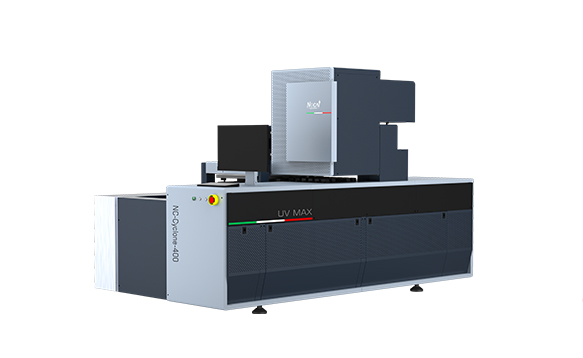
uv printer vs dtf printer
- By:nocai uv printer
- 2022-01-14
- 769
When it comes to printing technologies, there are various options available, with UV printing and DTF printing being two of the most popular. In this article, we will compare UV printing and DTF printing to help you understand the differences and choose the best printing method for your specific needs.

What is UV Printing?
UV printing, also known as UV digital printing, is a high-quality printing process that uses UV (ultraviolet) light to cure ink applied to various substrates. The ink used in UV printing is highly fade-resistant and remains durable even after multiple uses and washings. UV printing technology is commonly used for printing on paper, plastic, glass, and wood, among other materials.
What is DTF Printing?
DTF (Direct To Fabric) printing is a printing method that involves applying ink directly to the surface of a fabric or garment using an inkjet printer with specialized inks. DTF printing is commonly used for printing on soft materials such as cotton, polyester, and other fabrics that can absorb moisture from the ink.
Comparison of UV Printing and DTF Printing
When comparing UV printing and DTF printing, here are some key differences:
Print Quality: UV printing typically delivers higher-resolution prints with crisp colors and clear details, making it suitable for high-end print applications. DTF printing produces good-quality prints on fabrics but may not offer the same level of detail and resolution as UV printing.
Substrate Flexibility: UV printing is suitable for a wide range of substrates, including paper, plastic, glass, and wood, providing flexibility in printing options. DTF printing is limited to soft materials that can absorb moisture from the ink, such as cotton and polyester fabrics.
Print Speed: UV printers can print at speeds up to 6090 square meters per hour, enabling fast production times. DTF printers generally have lower print speeds, making them suitable for smaller-scale printing projects.
Environmental Impact: UV inks used in UV printing are non-toxic and contain minimal volatile organic compounds (VOCs), reducing harmful emissions during printing. DTF ink is also non-toxic but may have a higher environmental impact due to the additional processing required for garment production.
Cost: UV printers are generally more expensive than DTF printers due to their high-end nature and high-quality components. However, the high-quality prints and increased efficiency justify the initial investment in the long run.
When to Use UV Printing vs DTF Printing?
Choosing between UV printing and DTF printing depends on your specific needs and requirements:
If you need high-quality prints with clear details and a wide range of substrates, UV printing is the ideal choice. It offers high-resolution prints, fast production times, and environmental friendliness.
If you need to print on soft materials such as cotton or polyester fabrics, DTF printing is suitable. It provides good-quality prints on fabrics while allowing direct application to the surface of the material.
If you require a combination of high-quality prints on various substrates as well as on soft materials, you can use both UV and DTF printing methods to meet your specific requirements.
In conclusion, UV printing and DTF printing each have unique features and advantages that make them suitable for different print applications. Understanding their differences and selecting the appropriate printing method based on your specific needs can help you achieve high-quality prints with optimal efficiency.

